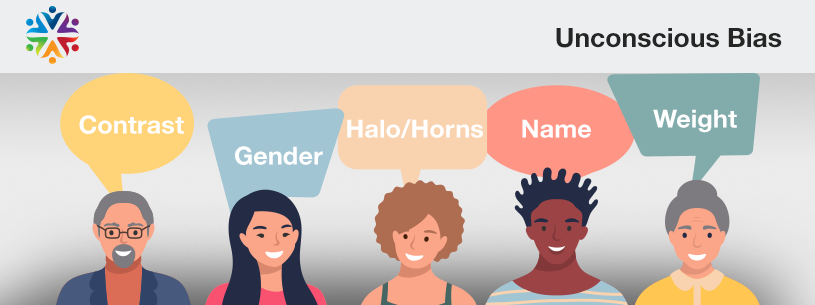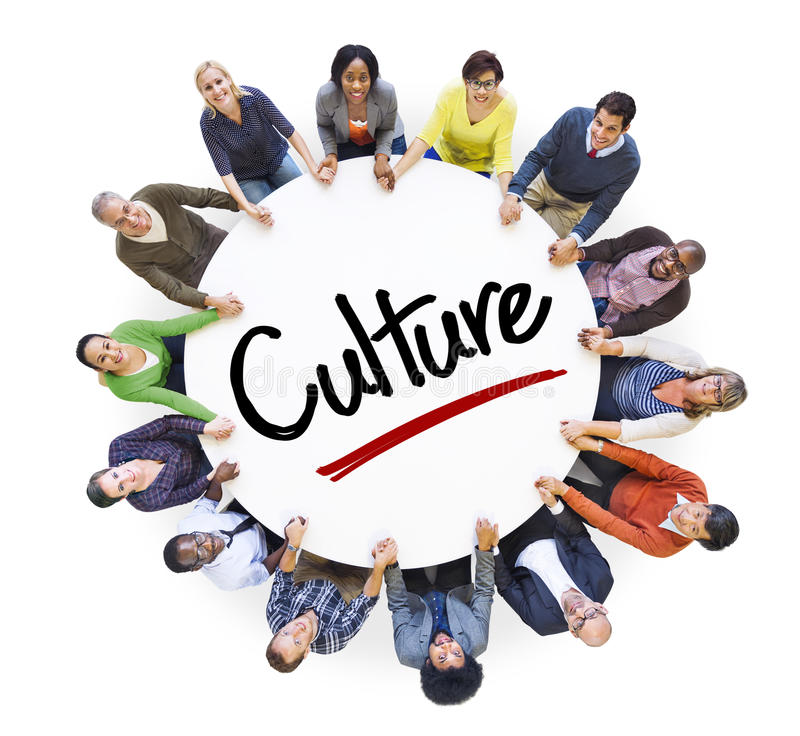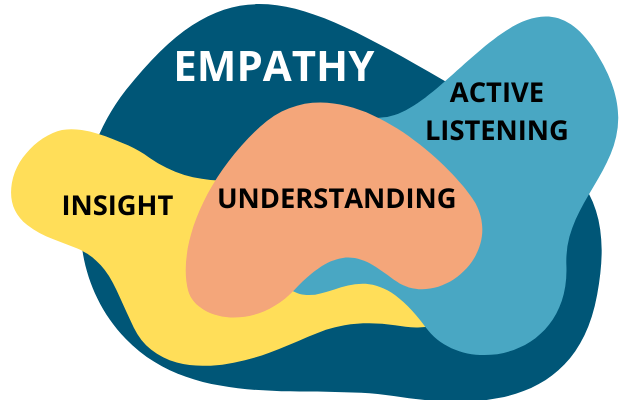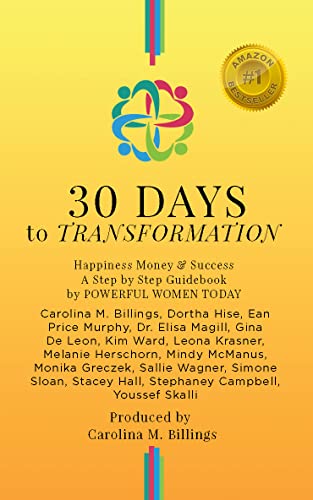Miquel, a CEO in the financial services sector, asked me to uncover why people across hisorganization could not communicate with each other. Over a series of conversations with hisemployees, I discovered that they simply did not feel safe. 2SLGBTQAI+ groups reportednegative comments circulating during the first work-time celebration of PRIDE. Also, Biracial,Black, Indigenous, and People of Colour (BIPOC) female professionals felt their managerspushed back when they were proactive about their career progression and development. Eventhe all-male senior leadership team felt scared to challenge the CEO.
Miquel was confused and disheartened by what he learned. He had asked for feedback and attempted to create opportunities to share differences. What went wrong?
Miquel had learned that asking questions can lead to uncomfortable answers. But the more important lesson he ended up learning was that to make change he had to embrace that discomfort and rather than ignoring it. Asking uncomfortable questions in order to repair his company’s dysfunction was essential for Miquel.
Miquel thought he was creating an inclusive and open culture. Inclusion is a choice, but while he had made that choice, he had yet to do the necessary work. In fact, he did not realize the effort necessary to be intentional about creating an inclusive culture. A systematic approach to embed inclusion into a culture includes evaluating organizational policies, practices, and talent management cycle to identify and address their impact on the business.
Once you choose to foster a culture of inclusion, bold steps must be identified and taken to ignite change. These bold actions require you to explore your conscious and unconscious biases, learn a style of inclusive communication, learn more about other cultures, and practice empathy.
Here’s how to begin:
Learn inclusive communication
What you say and how it is said matters. Miquel needed to look not just at the words he used but his non-verbal communication. When his tone and body language indicated that negative feedback upsets him, what should Miquel do? Miquel needs to learn to adjust his tone and cadence, and body language and become more self-aware of his verbal and non-verbal approaches to better engage his team.
 Communication is important to ensure people feel heard and included. When communication is not consistently present, people do not feel comfortable to offer opinions or ideas. Respect people’s pronouns and use language that will uplift and validate others. Create an environment that ensures people feel psychologically safe when providing feedback by spotting, explaining, and appreciating their strengths.
Communication is important to ensure people feel heard and included. When communication is not consistently present, people do not feel comfortable to offer opinions or ideas. Respect people’s pronouns and use language that will uplift and validate others. Create an environment that ensures people feel psychologically safe when providing feedback by spotting, explaining, and appreciating their strengths.
Explore your biases
We all have biases that affect both our verbal and non-verbal communication. Some are conscious, like distrusting people with different political or religious beliefs, while others are unconscious. People react differently to certain people without even knowing that they are and knowing why they react that way.
These biases affect many of our decisions – who we befriend, who we work with, and who we avoid.

Biases are harmful and can undermine your intentions for an inclusive culture. Some biases like ageism, gender, affinity, proximity, or confirmation can crop up to undermine your team dynamics and to interrupt psychological safety and trust. You may not always be aware of your biases, but they are often obvious to those around you. However, there are ways you can understand your biases so they will not hamper your desire for inclusive communication.
You may not realize how your biases affect your communication. Pay attention to how you react and respond to people. There is a tendency to physically distance yourself from people who may seem dissimilar to yourselves. How you first greet people can impact the experience of others. Your comfort level may decrease when you are with someone who appears to be of a different culture, gender, sexual orientation, or ethnicity.
Explore different cultures
We tend to gravitate towards those we see as most like us – from a similar culture, gender, ethnicity, education level, etc. When we see a different appearance or hear an accent, our curiosity can create mixed feelings. By consciously or unconsciously othering certain people, we are choosing exclusion and losing out on amazing connections to create deeper understanding of others.

If you view people from other cultures through the narrow lens of your own experience you are likely to make many false assumptions about them. However, there are ways to open yourself up to learning more about the differences. Read about another culture (preferably materials written by members of that culture). Try the food and listen to the music. If you meet people from that culture, they will often be willing to tell you a lot if you ask questions with sensitivity and genuine curiosity.
Practice empathy
Empathy is driven by science. According to Dr. Richard Frankel, the author of Science of Empathy, empathy is an interplay of neural networks that enable us to perceive the emotions of others. These neural networks support the human connection – the ability to relate, understand, and bond with others.
While working with Miquel’s teams, I learned that workers were afraid to challenge Miquel. But why hadn’t Miquel realized that for himself? The problem was he lacked the skill of empathy that would allow him to look at an interaction from another point of view.
Approaching others with empathy is an important key to inclusion. Utilizing empathy as part of your management style, creates an atmosphere where people feel understood, respected, and valued. An EY Consulting survey states that 90% of US workers believe empathetic leadership leads to higher job satisfaction and 79% agree it decreases employee turnover.
There are three levels of empathy – cognitive (understanding others’ perspective), emotional (feeling others’ feelings), and concern (sensing others’ needs).

Karla McLaren, author of The Art of Empathy, says empathy is an inherent human trait. But if others find you unempathetic, it’s a sign that you need to work more to cultivate your natural empathy.
McLaren offers an online quiz to gauge how empathic you are. You can also observe your own behaviour. How much do you talk versus listen? Are people eager to talk to you or do they seem to avoid you? If you were they, would you want to be treated the way you treat them? Ask others if your language tends to be too harsh or if there is a better way to approach a certain topic.
If you want to convey empathy, speak with intention: Have a strategy in mind before interacting with others that considers your approach, cadence, and word choices. Think about what is important to the other person and how what you intend to say will impact them. During conversations, observe their words and body language as guides to what they are feeling and how they are responding to your message. Adapt your language if they seem to be reacting negatively.

Embrace the Discomfort and Learn
Fostering a culture of inclusion requires people to be vulnerable. When you look deeper into yourself and your impact on those around you, you will not always like what you discover – and that is okay. If you can learn to be comfortable with that discomfort then you can work on making necessary changes. Learning you are part of the problem is simply an opportunity to be part of the solution instead.




